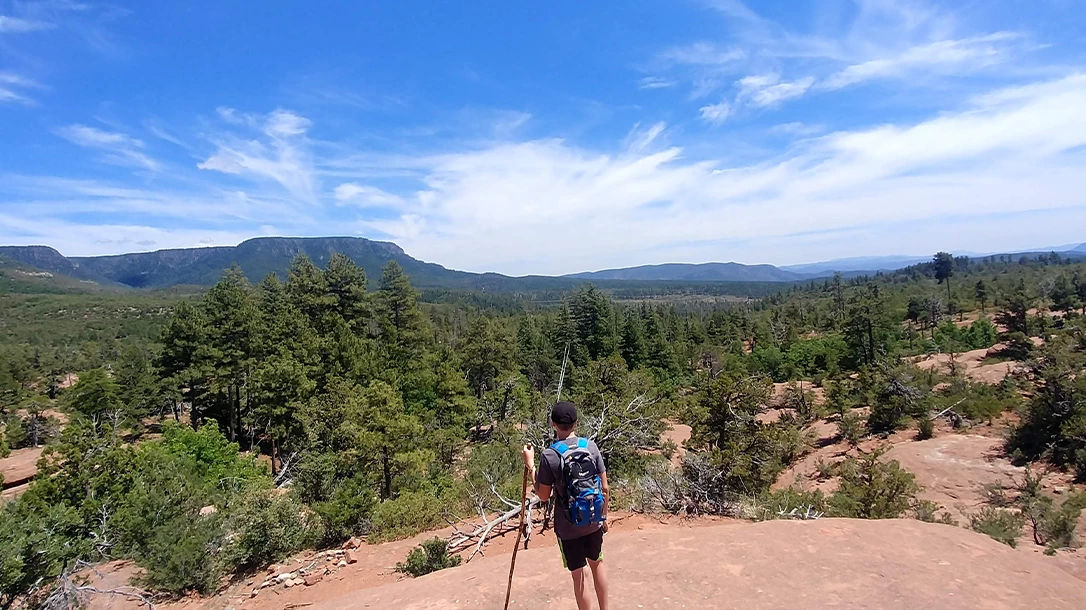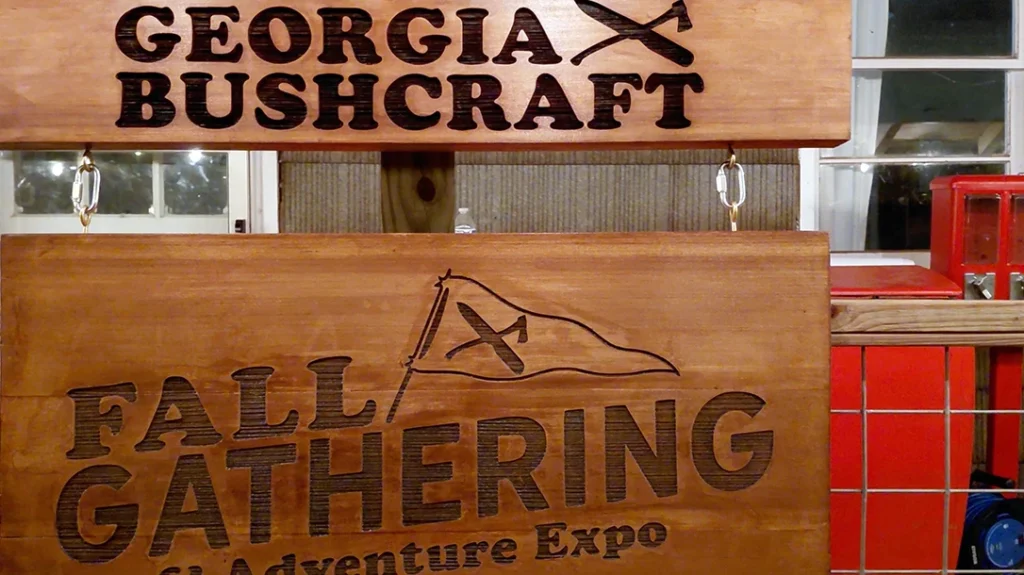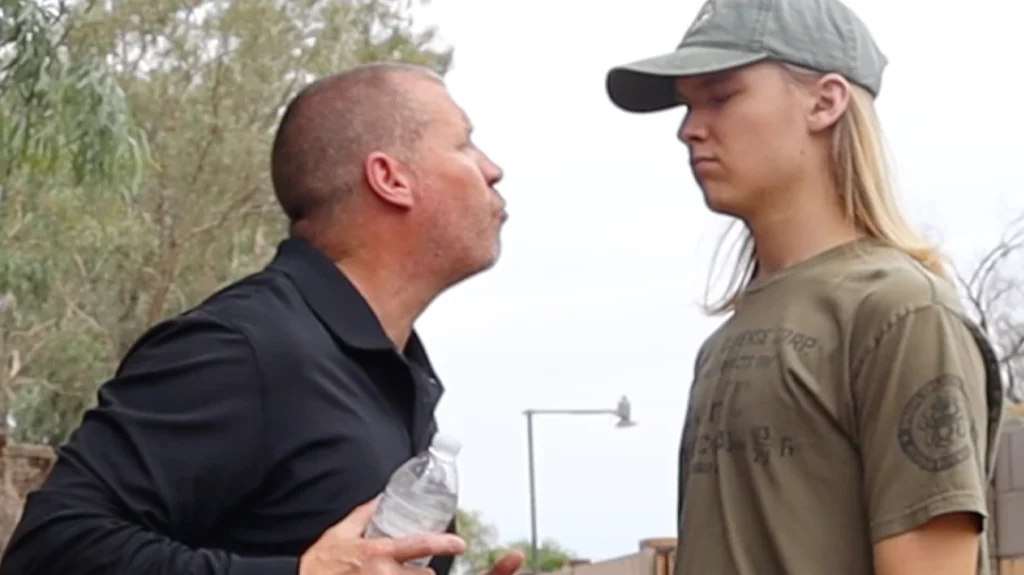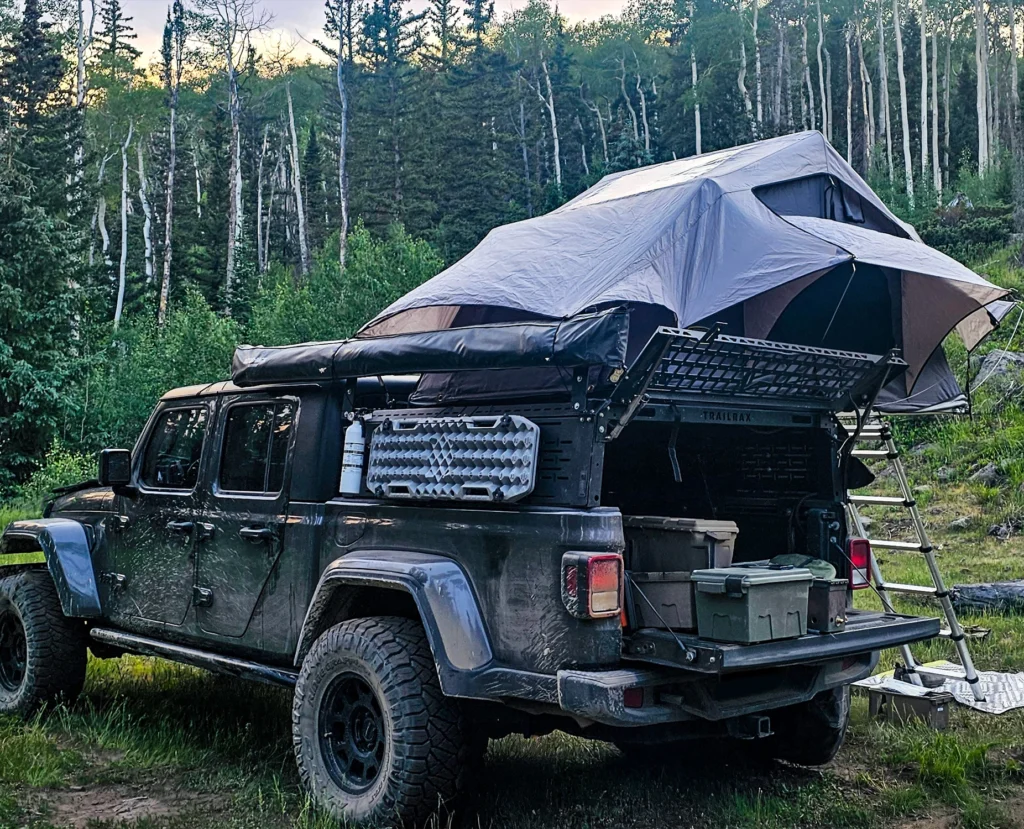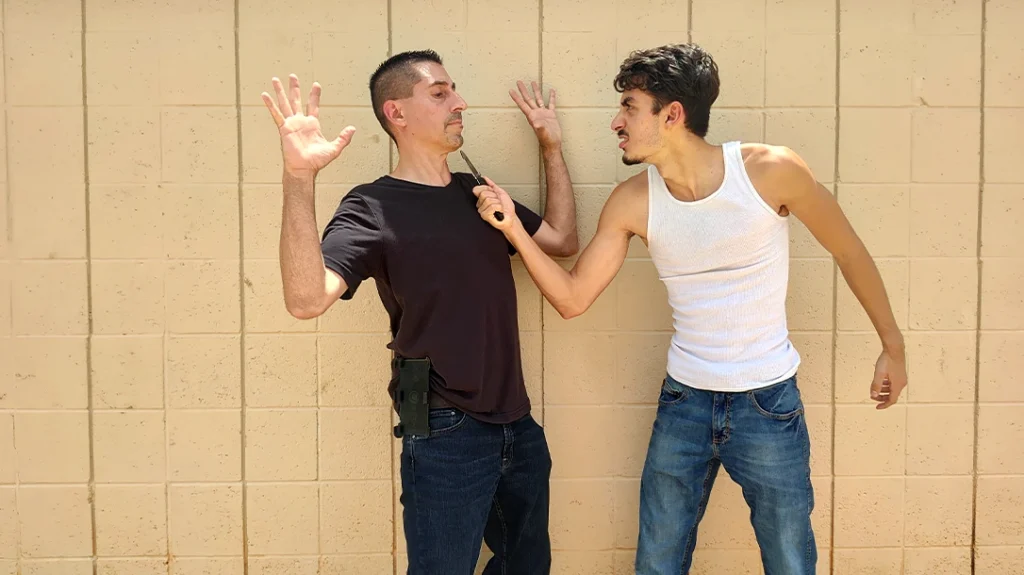The Gateway Trailhead on the McDowell Sonoran Preserve near Scottsdale, Arizona, offers brilliant views of the surrounding mountains. The desert habitat encompasses 30,500 contiguous acres and is the largest city park in the U.S. It’s the perfect environment for great hiking.
Hikers will find mild weather, a variety of scenery, and vegetation that includes differing types of cacti, including Saguaro cactus – those tall, green, prickly plants that look like fingers stretching up from the desert floor.
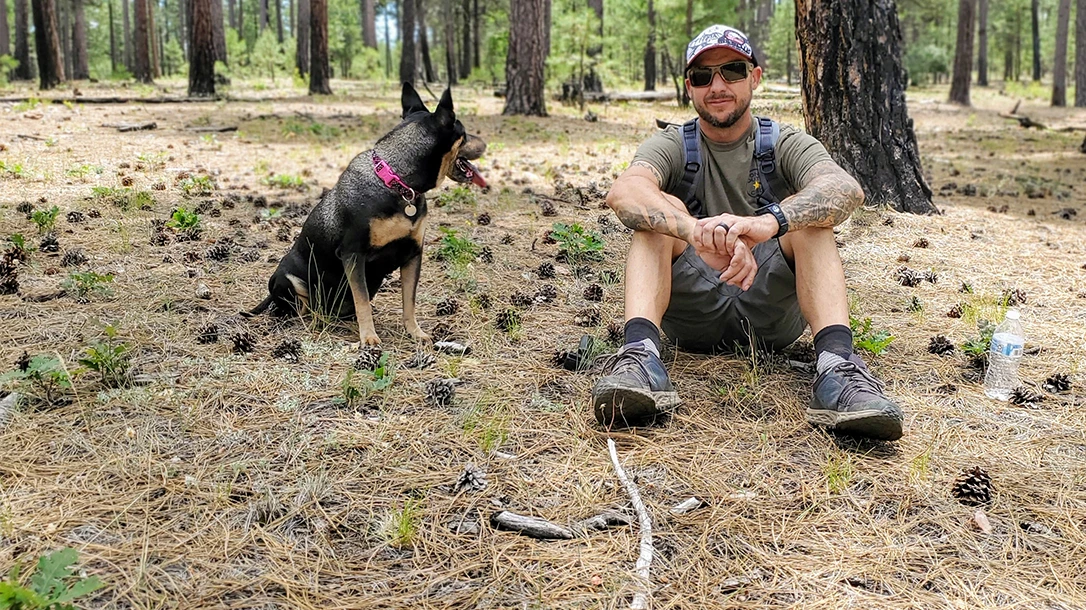
Advertisement — Continue Reading Below
Hiking with Confidence
A hike through the desert experience can be a peaceful getaway from the daily grind and that must have been what Hannah Moody was seeking when she ventured off into this unique terrain earlier this year.
The 31-year-old loved the mountains and nature, including getting out for some hiking in the wild. Unfortunately things didn’t go as planned on this outing and friends reported her missing on May 21 after she made an Instagram video pointing to the mountains she planned to trek through. Her body was found a day later 600 yards from the trailhead parking lot and authorities ruled that she died from environmental heat exposure.
“It was numbing that she’s no longer with us,” Moody’s close friend Megan Pasquel told KPNX.
Advertisement — Continue Reading Below
The number of Americans who enjoy hitting the trails totaled more than 60 million people by 2024 and hiking remains the most popular outdoor activity. Cases like Moody’s, however, point to what can really go wrong.
Taking some precaution can help make those trips into the great outdoors a better and safer experience. As the Boy Scout motto goes; “Be prepared.” That attitude just might help save your life.
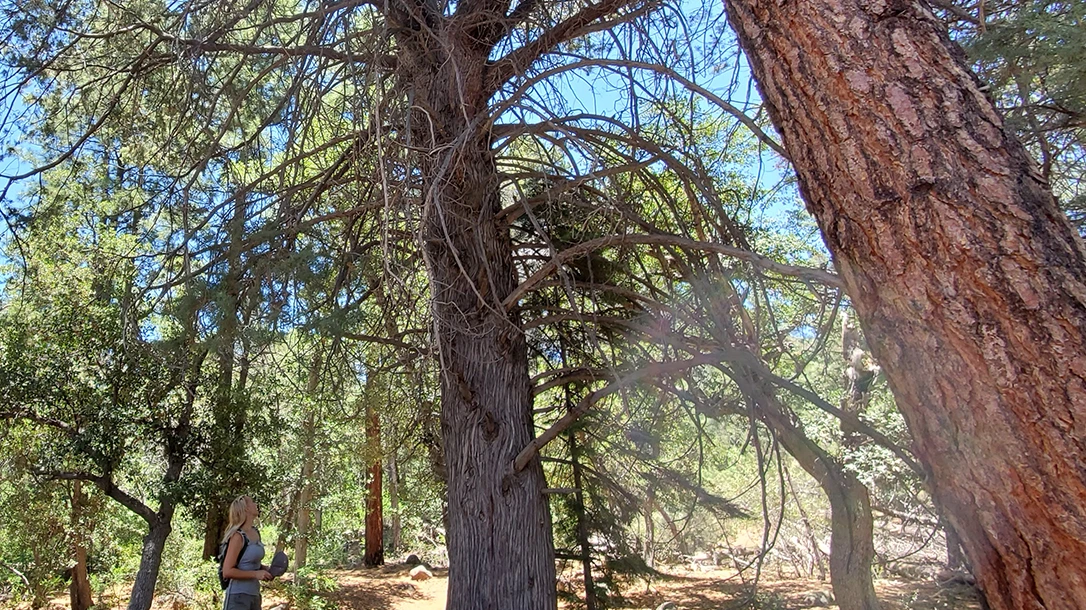
Advertisement — Continue Reading Below
Have Plan & Prepare
Just as you might have done when planning out that project at work, knowing what you’re getting into is important when hiking into the forest, mountains, or desert.
Balaram Thapa, the CEO of Nepal Hiking Team, says the essentials don’t change no matter how long the hike: reliable hydration methods, layered clothing for changing conditions, first aid kit, and tools for navigation. These simple items can help prevent small challenges from turning into life-threatening situations.
“Safety isn’t about carrying the most gear, it’s about making smart choices,” he says. “Share your plan with someone before leaving, pace yourself, respect turnaround times, and always start early. In the Himalayas, we’ve seen how these habits matter more than the latest equipment.”
Advertisement — Continue Reading Below
Additionally, take into account the season. Allen Baler is co-founder and CEO of 4Patriots, one of the country’s largest e-commerce providers of outdoors, camping, and survival gear. He says there are two kinds of hikers and campers. The first can hardly wait until spring so they can start getting out again after at least three months away from it.
The other kind doesn’t care which season it is. Hiking and camping are a passion. They’ll hike in the winter just as often – and with as much enthusiasm – as they will in the spring, summer, or fall. Those winter outings may require even more caution.
“Obviously, staying warm is a challenge with winter adventuring,” Baler says. “But there are advantages to hiking and camping during this season, including solitude, quiet, more unused camping locations, and a lack of pesky bugs.”
Advertisement — Continue Reading Below
Dealing WIth a Tough Situation
Some planning may have saved a Colorado hiker’s life in September. The hiker was on a trip through the La Plata Mountains when he became separated from a larger group. With the weather set to turn and lost hunters already in the news in Colorado, rescuers responded on Sept. 20.
During the search, a member of the Chaffee County Search and Rescue South (CCSRS) heard a whistle from the hiker and was able to locate him or her (authorities didn’t release a name) about 30 minutes later. It was a happy ending that could have ended much worse if the hiker had not been prepared with the emergency whistle to alert search personnel who may have been in the area.
“This incident serves as a reminder to carry various forms of attraction,” CCSARN said after the hiker was recovered. “The subjects’ continuous whistle blowing helped bring a safe ending to a potentially serious situation.”
Advertisement — Continue Reading Below
Thapa adds that if someone gets lost, the most important step is to stay put and conserve energy. Using a whistle, bright clothing, or reflective gear to create visibility can also make a difference in getting rescued.
“Preparedness isn’t only for extreme trails — it applies everywhere,” he says. “Whether in the Alps, Rockies, or Himalayas, the outdoors are unpredictable. A careful approach turns risk into reward and keeps hiking one of the safest and most enriching activities worldwide.
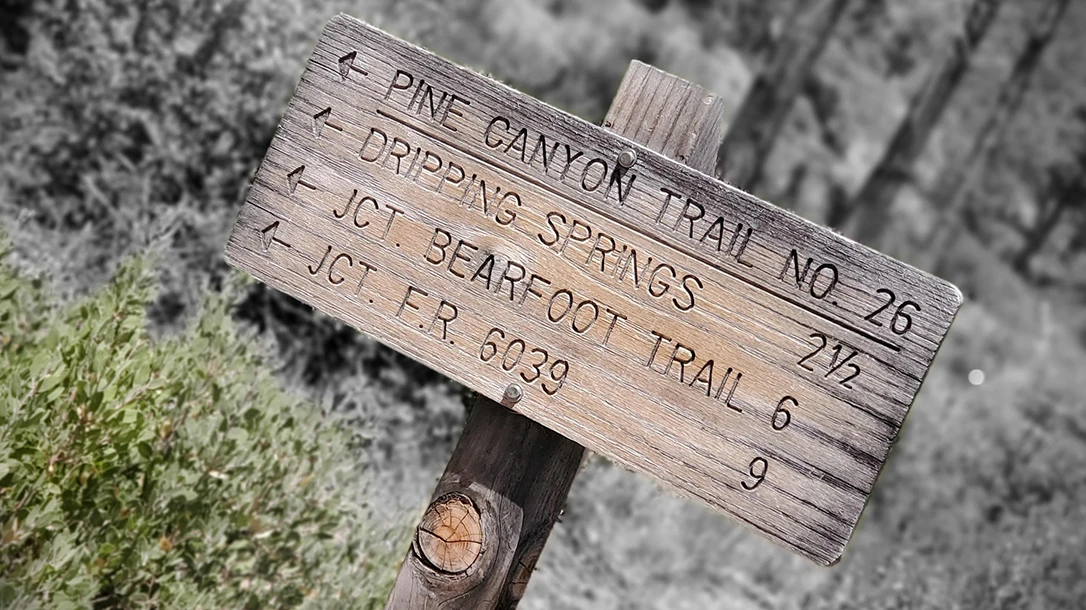
Advertisement — Continue Reading Below
Safety Checklist
Ready to hit the trails? Whether planning for a hike for just a few hours or a multi-day hike through the mountains, it’s important to prepare for some of what you may experience if things go haywire. Here’s a look at some critical things to throw in that backpack when heading out for a short trip.
Plenty of water
Sturdy hiking footwear
Advertisement — Continue Reading Below
First-aid kit
Sunscreen
Compass
Safety whistle for alerting rescuers
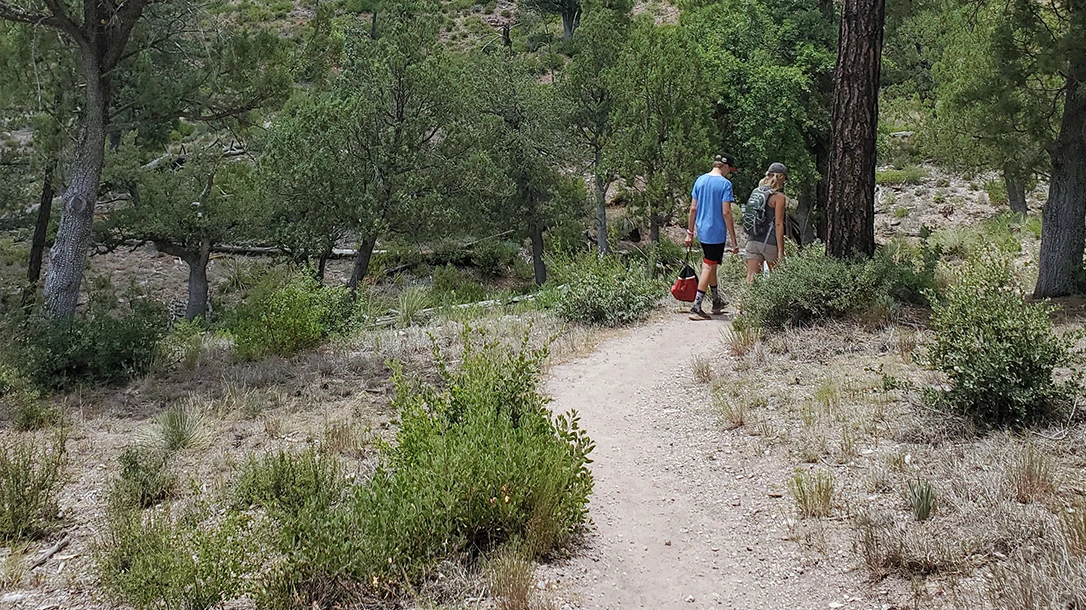
Overnight Hiking
Those who may be more adventurous will need to bring even more. Those muli-day hikes will require more prep to make sure that trip is not only amazing, but also one that ends as you planned. Here are a few additional items to remember when the journey begins.
Portable power bank – Remote hiking is often seen as a break from technology. But you will want to keep your personal devices charged for, at the very least, GPS/locational, and emergency communications.
All-purpose trail tool – You should also pack a “crisis-ready” tactical multi-tool that will allow you to respond to whatever the trail and outdoors throw at you. The best options combine a USB-rechargeable flashlight, knife, folding shovel, axe, whistle, screwdriver, compass, and fire starter in a compact case.
Water – Plan to carry enough water to allow you to drink a half-liter per hour of moderate hiking in moderate temperatures. For the best hands-free hiking, choose a backpack equipped with a hydration reservoir. If you prefer to use a bottle, stash it in a mesh pocket that’s on the side of many packs. A personal water filtration straw can also be a great option in an emergency situation where you may have run out of H2O.
Food – Depending on the duration of your hike, you’ll want to pack meals and/or opportunities for sustained energy. Products like prepackaged 72-hour emergency food kits can literally be life-savers.
Portable stove – If your day hike turns into a multi-day adventure, you’ll need an easy way to cook food or stay warm without electrical power and without gas or butane. Consider a packable stove powered by whatever fuel you can find on the trail or your campsite.
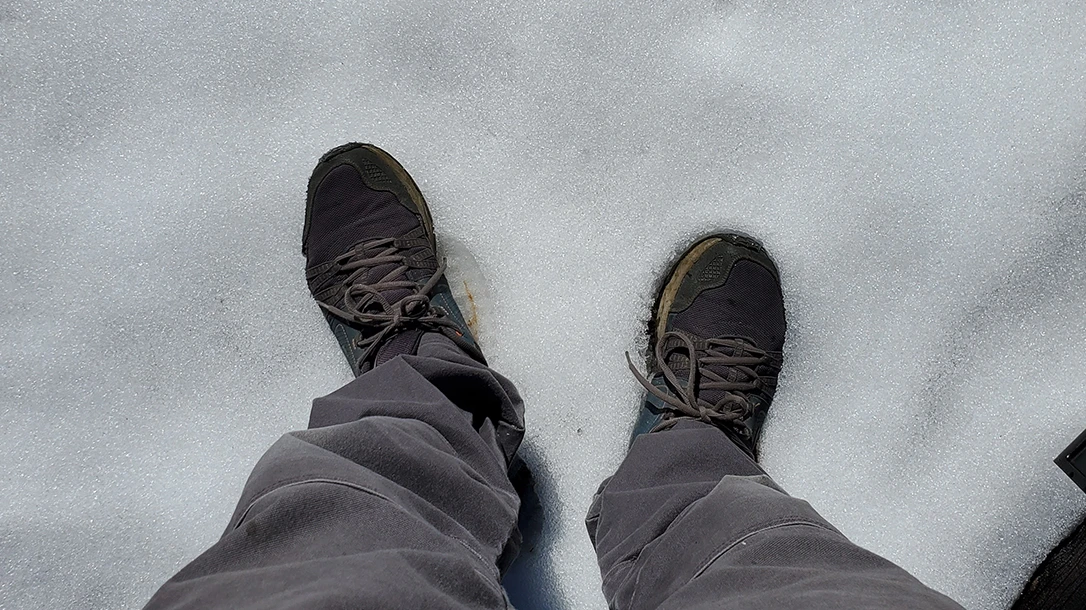
Winter Weather
On those winter trips, as one might imagine, staying warm can be a major part of the preparation. In winter, hikers must also be concerned about plunging temperatures and potentially hypothermia.
“First and foremost, include plenty of warm clothing,” Baler says. “Focus on layers. That means T-shirts, flannel shirts, waterproof jackets and a water-resistant down coat. And plenty of extra long underwear and thick socks. Plus a warm hat.
“Waterproof boots and gloves are also essentials, of course. Your sleeping bags will probably have down insulation. It’s more expensive but is lighter, lasts longer and compresses smaller. Sleeping pads are also very important. They’ll put an extra layer between the cold ground and you.”
As with all trips, be aware of what you’re getting into and research the area you plan to hike. Having a cell phone can be crucial in times of trouble and it’s also critical to let someone else know where you’ll be. This can be the difference between someone finding you or becoming a statistic.
